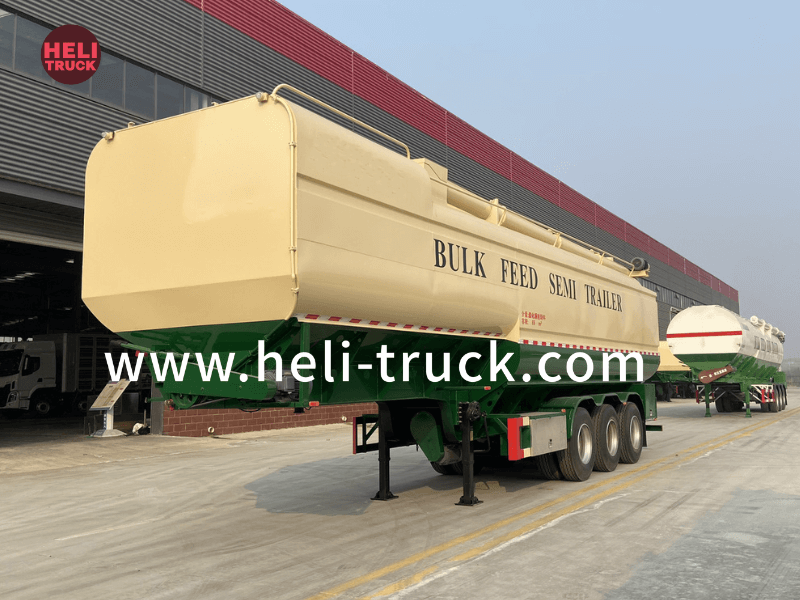Introduction
Waste management is a critical aspect of modern society, with the need for efficient and environmentally friendly solutions becoming increasingly urgent. Vacuum truck technology has emerged as a versatile and effective tool in the field of waste management, offering a range of benefits that make it an invaluable asset in various industries. Water tank truck water distribution network will delve into the intricacies of vacuum truck technology, exploring its components, operation, applications, and the advantages it brings to the table.
Evolution of Vacuum Truck Technology
The concept of vacuum truck technology dates back several decades, with the first vacuum truck being developed in the early 20th century. Initially used primarily for cleaning sewers and transporting industrial waste, vacuum trucks have evolved significantly over the years to become highly specialized and efficient machines capable of handling a wide range of waste management tasks.
One of the key advancements in vacuum truck technology has been the development of powerful vacuum pumps that are capable of generating high levels of suction. These pumps are the heart of the vacuum truck system, creating a vacuum within the tank that enables the vehicle to effectively collect and transport various types of waste materials.
Components of a Vacuum Truck
A typical vacuum truck consists of several key components that work together to facilitate the collection and transportation of waste materials. These components include:
1. Vacuum Pump: As mentioned earlier, the vacuum pump is the most critical component of a vacuum truck. It creates a vacuum within the tank, allowing the vehicle to suck up liquids, sludge, and other waste materials.
2. Tank: The tank is where the collected waste materials are stored during transportation. Vacuum trucks come in various tank sizes to accommodate different volumes of waste.
3. Hose and Suction Boom: The hose and suction boom are used to collect waste materials from the source. The suction boom can be extended to reach areas that are difficult to access, making it a versatile tool for waste collection.
4. Filtration System: Vacuum trucks are equipped with filtration systems that prevent debris and contaminants from entering the vacuum pump. This helps to protect the pump and ensure efficient operation.
5. Control Panel: The control panel allows the operator to regulate the suction power, control the flow of waste materials, and monitor various aspects of the vacuum truck's performance.
Operation of a Vacuum Truck
The operation of a vacuum truck involves several steps that are carried out systematically to ensure efficient waste collection and transportation. The process typically involves the following stages:
1. Inspection: Before beginning any operation, the operator inspects the vacuum truck to ensure that all components are in working order and that the vehicle is ready for use.
2. Setting Up: The operator positions the vacuum truck near the waste source and extends the suction boom to the desired location.
3. Collection: The operator activates the vacuum pump, creating suction within the tank. The hose or suction boom is then used to collect the waste materials, which are sucked into the tank.
4. Transportation: Once the tank is filled with waste materials, the vacuum truck is driven to the disposal site for offloading. The tank can be emptied using a variety of methods, depending on the type of waste being transported.
Applications of Vacuum Truck Technology
Vacuum truck technology finds applications in a wide range of industries and sectors, thanks to its versatility and efficiency. Some of the key applications of vacuum trucks include:
1. Sewer Cleaning: Vacuum trucks are commonly used for cleaning and maintaining sewer systems. The high-powered suction capabilities of vacuum trucks make them ideal for removing sludge, debris, and other contaminants from sewer lines.
2. Industrial Waste Management: Vacuum trucks are used in industrial settings to collect and transport various types of waste materials, including liquids, sludge, and hazardous substances. They are often employed in chemical plants, refineries, and other industrial facilities.
3. Environmental Cleanup: Vacuum trucks play a crucial role in environmental cleanup efforts, such as spill response and remediation projects. They can quickly and efficiently collect contaminated materials, preventing further environmental damage.
4. Construction Sites: Vacuum trucks are used on construction sites to manage waste materials such as concrete slurry, drilling mud, and excess water. They help keep construction sites clean and compliant with environmental regulations.
Advantages of Vacuum Truck Technology
The widespread adoption of vacuum truck technology can be attributed to the numerous advantages it offers over traditional waste management methods. Some of the key advantages of vacuum trucks include:
1. Efficiency: Vacuum trucks are highly efficient at collecting and transporting waste materials, thanks to their powerful suction capabilities and versatile design. They can complete tasks quickly and with minimal manual labor.
2. Versatility: Vacuum trucks can handle a wide range of waste materials, including liquids, sludge, and solids. This versatility makes them suitable for various applications in different industries.
3. Environmental Friendliness: Vacuum trucks are designed to minimize environmental impact by containing and transporting waste materials in a safe and efficient manner. They help prevent spills and leaks, reducing the risk of pollution.
4. Cost-Effectiveness: Vacuum trucks offer a cost-effective solution to waste management by streamlining the collection and transportation process. They can reduce the need for multiple vehicles and personnel, saving time and resources.
5. Safety: Vacuum trucks are equipped with safety features that protect operators and the environment during waste collection and transportation. These features include emergency shutoff valves, spill containment systems, and exhaust filtration systems.

Conclusion
In conclusion, vacuum truck technology has revolutionized waste management practices by offering a versatile, efficient, and environmentally friendly solution to the collection and transportation of waste materials. With their powerful suction capabilities, advanced filtration systems, and versatile design, vacuum trucks have become indispensable tools in various industries and sectors. As the demand for sustainable waste management solutions continues to grow, vacuum truck technology is expected to play an increasingly vital role in shaping the future of waste management.
